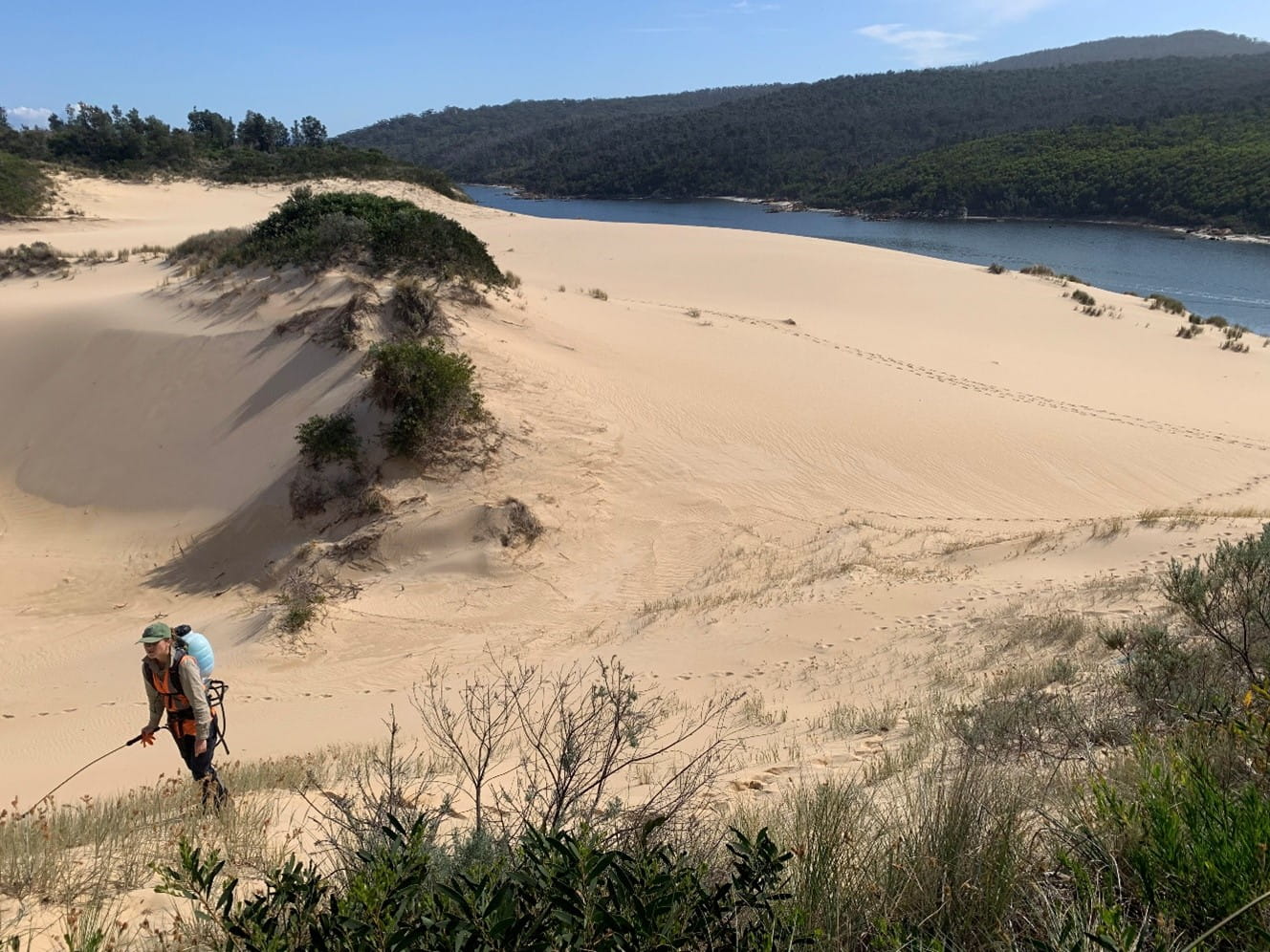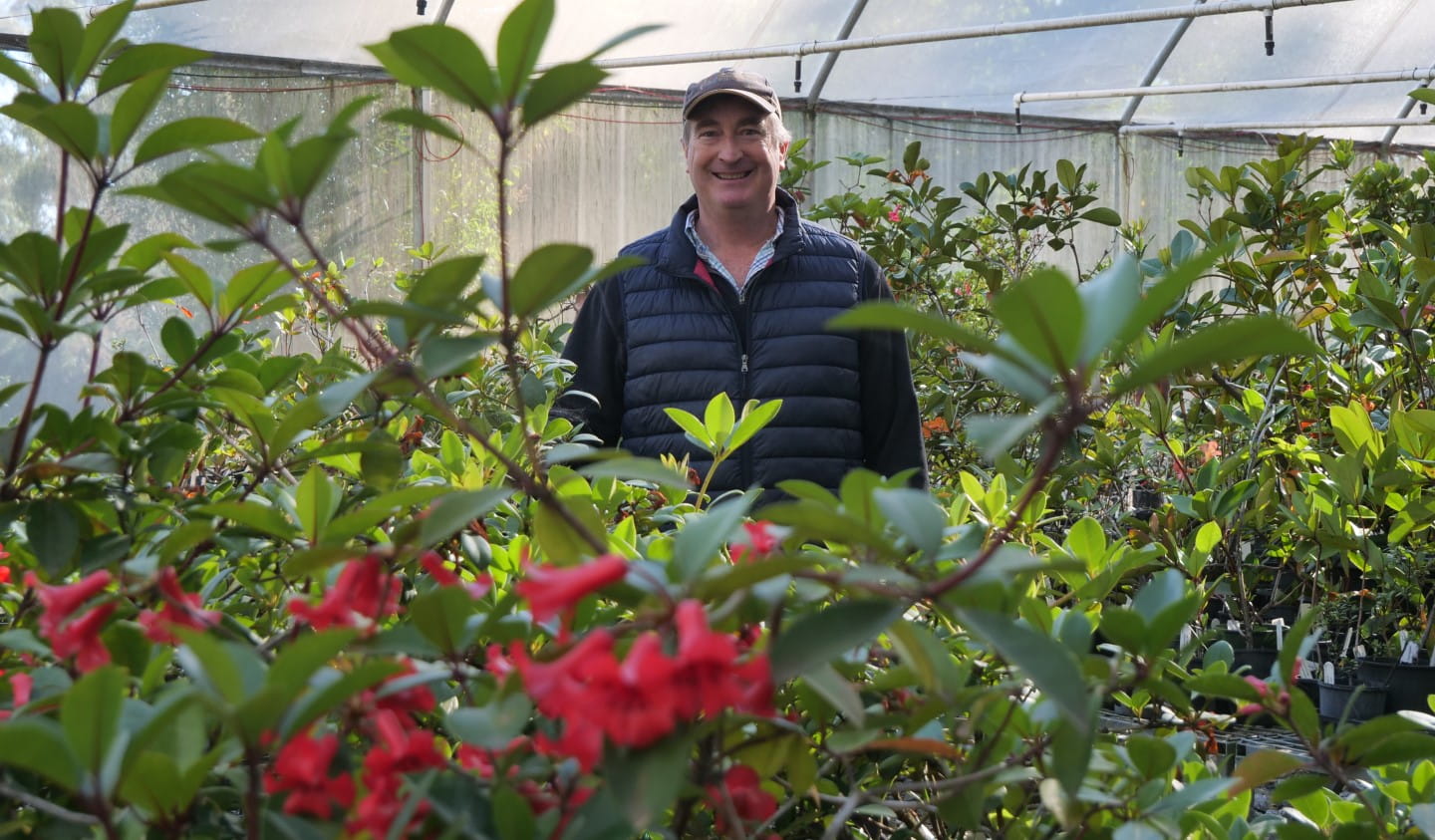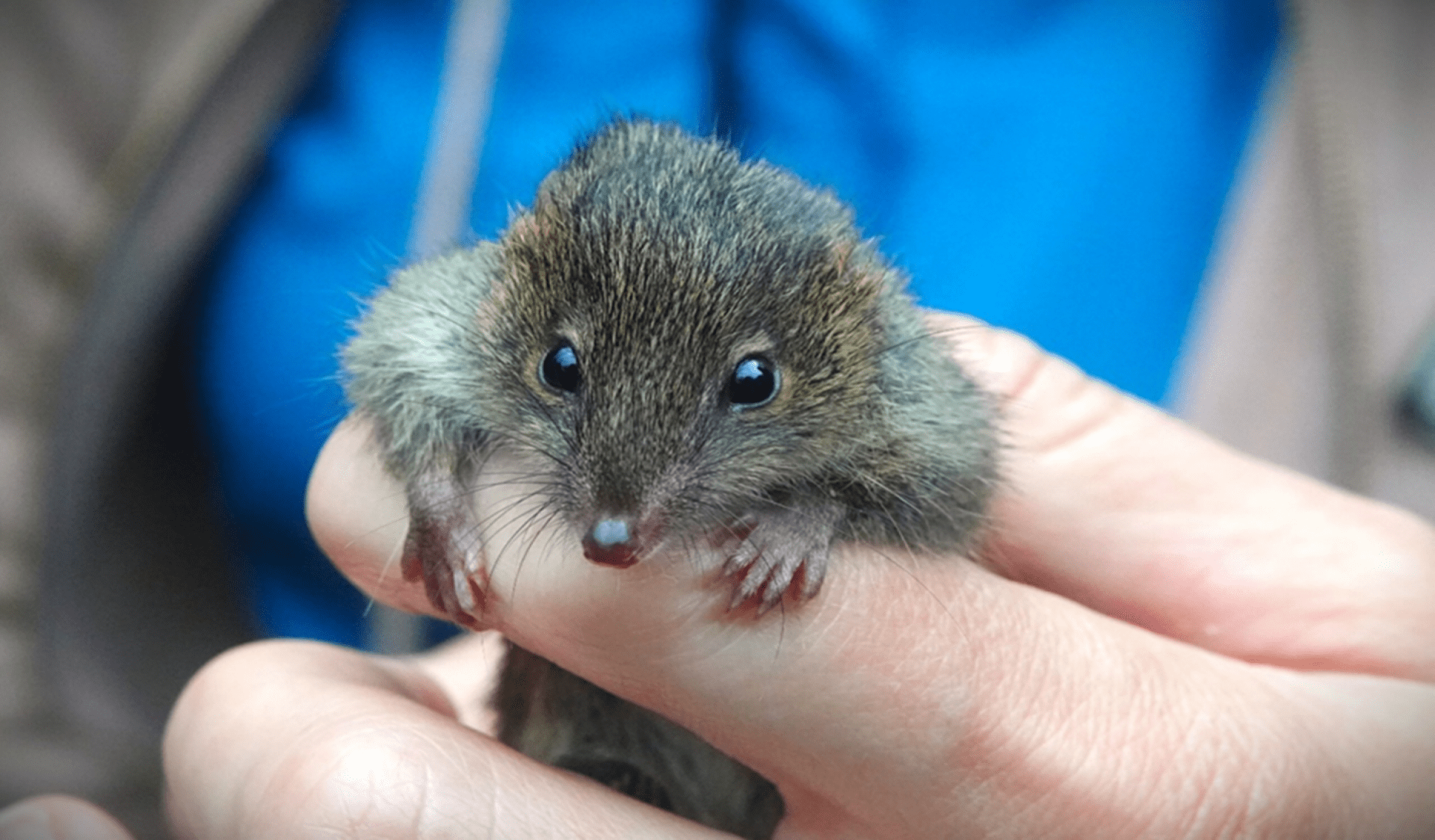Plants in fire affected areas lead recovery
Thursday 13 February, 2020
Green shoots provide hope
Parks across East Gippsland and North East Victoria have been seriously affected by fire. But while fire is still an issue, Mother Nature is already slowly starting to regenerate in some areas.
The most obvious part of many park is the plants – towering eucalypts, lush tree ferns, creeping ground covers and flowering shrubs to name a few. Not only are they a source of food for wildlife and critical part of the ecosystem, they are also often what attract us to these peaceful places.
This fire season has burnt more rainforest – which does not recover well from fire - than any fire in recent memory. Therefore, all remaining vegetation now takes on extra significance and we must take care of the precious remnants that we still have.
“The way the environment recovers from fire is a complex process with many variables. We can’t always predict exactly what will happen and when" says Dr. Mark Antos, Manager Biodiversity Science.
Plants with lignotubers also usually have epicormic buds in the bark, which is why you will often see trees and plants with red shoots up the trunk.
The first flowering season is a key stage of recovery as this attracts insects, including native bees and wasps, which then attracts birds and in turn other wildlife.
If you live in the bush or visit it, keep your eyes and ears open for the early signs of recovery. Things to look for in relation to plants include:
Tree ferns – these are often one of the first signs of lush green in an otherwise black forest landscape
Epicormic regrowth – leaves sprouting right up the trunks of many kinds of eucalypts
Grass trees – often one of the spectacular sights after fires, large displays of a grass trees are a special sight to behold
Banksias - have thick cones that protect seeds during fire; look for the “open mouths” of the seed chamber on the woody cones indicating that the heat of the fire has triggered the release of seeds
Bush-peas and Wattles - their hard-coated, soil-stored seeds are cracked by fire and it only takes a little bit of rain to create a mass germination of wattles and peas.
"Some species will provide spectacular displays, whereas other species may never recover. Parks Victoria will be out there, along with many others, in the years to come to monitor and take action to help our parks and broader landscapes recover as best they can.”'
For more information, visit Bushfire Recovery.




